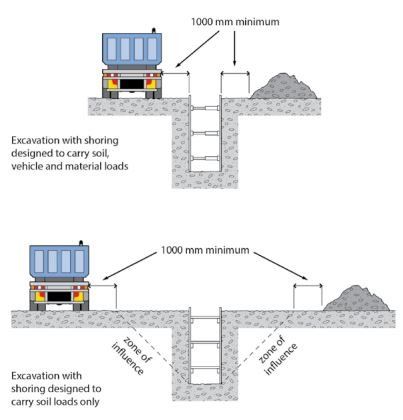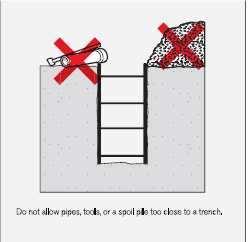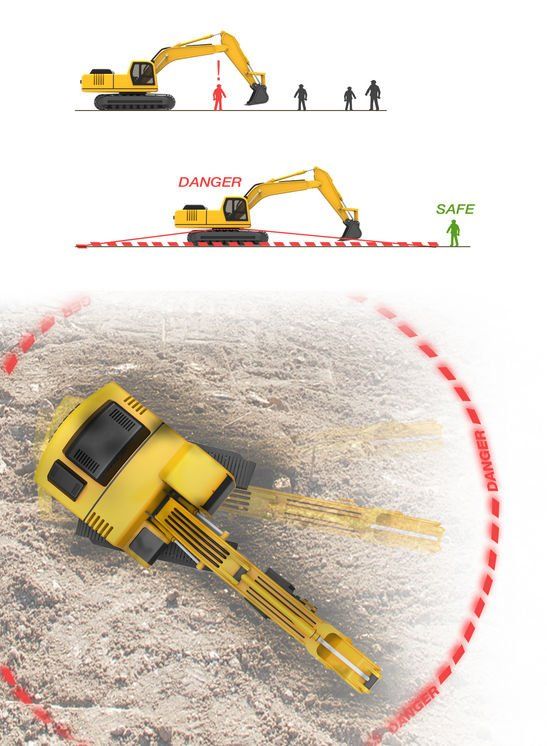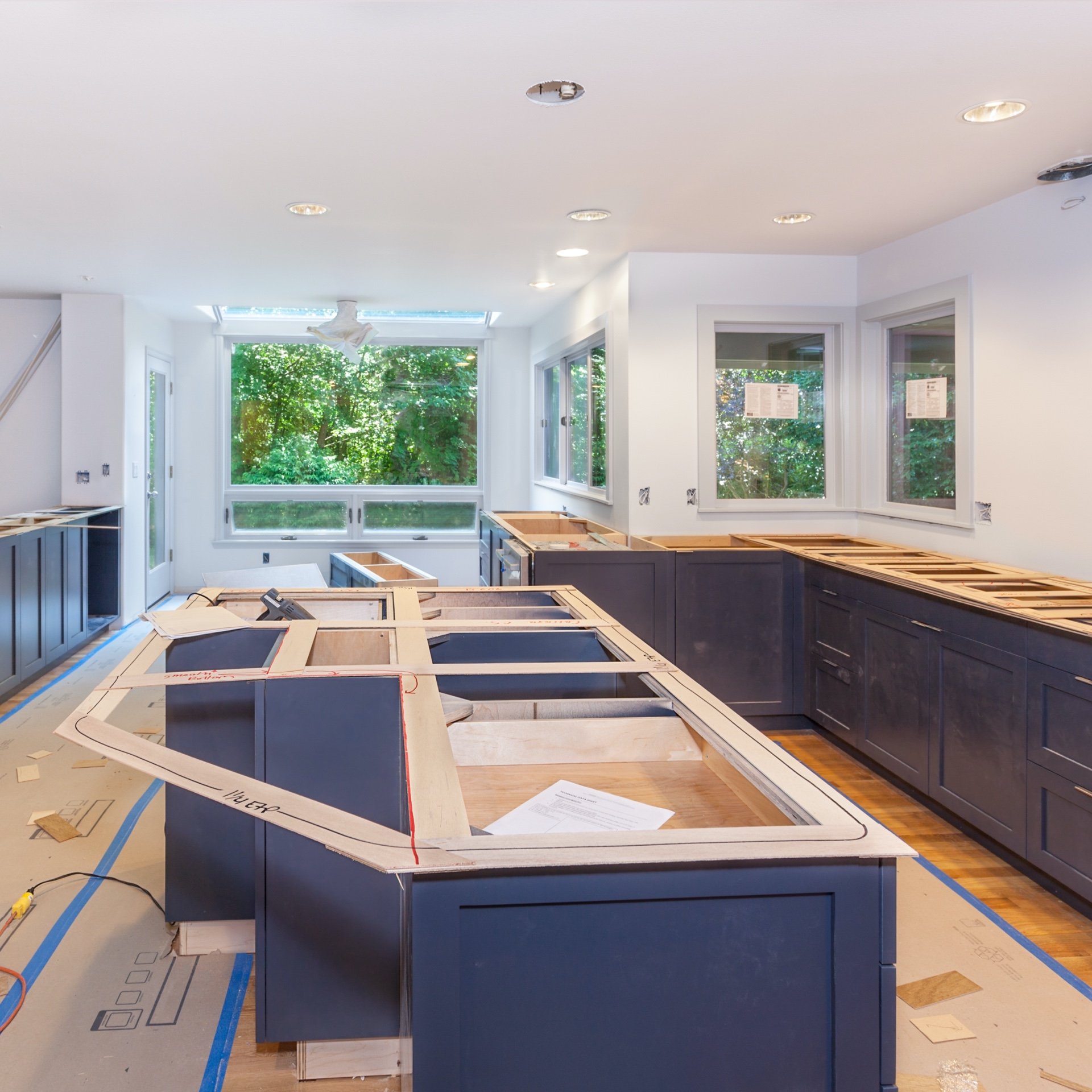Excavation
References: R Record keeping requirement | E An engineering/certification requirement | P A permit to work requirement | S A safe work method statement (SWMS) / written plan
Hazards
Potential hazards include, but are not limited to:
- Subsidence / collapse
- Underground services
- Contaminated soils
- Acid sulphate soils
- Working at heights
- Falls / falling objects
- Water
Underground and Overhead Services
Before commencing excavation works verify/confirm:
- Asset owner has been consulted to determine the requirements relating to encroachment distances, permits, requirements for spotters and any other controls
- All underground temporary and permanent services including but not limited to gas, electricity, stormwater, water, telecommunications have been:
- Identified via review of ‘Dial Before You Dig ‘information/ contacting the relevant network asset owner and referring to any site plans or as built drawings
- Surveyed, clearly marked on drawings and displayed at the workplace
- Identified with appropriate markers (surface and subsurface) where practicable
- Positively located by hand digging (potholing), vacuum excavation/ scanning or similar, prior to mechanical excavation as far as reasonably practicable
- Isolation where required.
Services (temporary or permanent) installed below ground should be:
- Clearly marked on the site plans and or as built drawings as soon practicable following the installation of any service
- Installed with warning tape above all services for the full length of the service
- Refer Section: Site Services
Planning
S Excavations (greater than or equal to 1.5M) must have a risk assessment (SWMS) developed by a Competent Person prior to excavation of material. The risk assessment must consider:
- The method and depth of excavation
- Type of temporary ground support systems,
- The nature and condition of the ground Benching, battering / dewatering
- Effect of surrounding structures i.e. buildings, foundations, roads etc.
- Existing underground /overhead services.
- Training and competency of the people involved with the work
- Security from unauthorised access
- Water table and potential for water ingress
- Emergency and rescue
Subcontractor excavation SWMS must reference the requirement to obtain a MPX permit to work excavation.
Where excavations are in close proximity or adjacent to any materials, foundations, buildings, roads or other structures:
- Protection by sheet piling, shoring, bracing, guying or other appropriate means must be provided.
E Shoring systems or other documented methods detailing the nature of the works to be undertaken and the method used to prevent ground collapse must be:
- Designed by a Qualified Person
- Detailed on upto-date drawings/plans
- Installed by Competent Persons
- Verified as correctly installed by the installing subcontractor prior to use in accordance with the drawing/plan
- Authorised and signed off by a Qualified Person where changes to the design are made.

Operational
Excavations require:
P Permit to work - excavation to be implemented
Loads (plant ,excavated material, ancillary equipment, materials) to be positioned such that they are not at risk of falling in to the excavation or have the potential to cause a collapse of the sides of an excavation
Monitoring of fumes (e.g. petrol, diesel, gases) where required
Excavations should be assessed / inspected by a Competent Person (ie. permit holder) as required at the start of each shift to monitor the effectiveness of controls in accordance with the drawing/plan/permit.
If unexpected finds or contaminants are identified, all associated activities must cease and be managed in accordance with:
- Unexpected / disturbing finds procedure
- Section: Asbestos Containing Materials (ACM)



Barricades and Signage
Where excavations break through security /boundary fences around electrical switchyards, railways, pavements, swimming pools, public access areas etc. they must be fenced /signed
Where the excavation is:
- > 1.5 metres deep hard barricading or windrows, and signage must be installed
- < 1.5 metres deep star pickets and flagging/ paramesh and signage must be installed.
Working in Excavations
Persons working in excavations must
- Be supervised when exposed to potential risks associated with:
- Underground services (e.g. gas, electrical, water, sewer)
- Engulfment
- Contamination
- Deep excavations ≥ 1.5 m
- Not work under loads that are being lifted in or out of the excavation
- Have safe access and egress provided in the form of ladderways, stairs or ramps. In excavations / trenches access ways must be provided at least every 30 metres where people are working near junctions or angles in the excavation / trench line
- Not climb on excavation/trench supports
- Have an effective communication system based on two way acknowledgement (radio, visual, hand signals) in place between themselves and plant operators
- Be protected from falls.

Mobile Plant / Earthmoving Plant
Mobile equipment working in or around excavations must:
- Be managed in accordance with
- Section: Plant and Equipment
R Be inspected and maintained in accordance with the manufactures instructions
- As far as practical not operate in close proximity to the edge of an excavation
- Be separated from unrelated traffic in/out of the excavation, where practicable
- Operate on properly constructed ramps for passing traffic
- WA At least 3.7 metres wide for one way traffic or non-passing traffic and at least 6.7 metres for passing traffic.
- Not operate within the danger zone of an overhead power line refer to
- Section: Approaches and Clearances around Electrical Assets
Traffic Management
Traffic (plant and pedestrian) related to work in or around excavations must be managed in accordance with:
- Section: Traffic Management

Working at Height
Potential falls / falling objects related to work in or around excavations must be managed in accordance with:
- Section: Work at heights.
- Section: Plant and Equipment
Notifications
VIC - Notify WorkSafe 3 days prior to working on a shaft, trench or tunnel (Regulations section 5.1.27) and when:
- The excavation is a tunnel, a shaft deeper than 2 metres or a trench deeper than 1.5 metres, and
- The excavation will be big enough for a person to get into or it could involve a risk to anyone’s health or safety.
Note: Notifications do not need to occur when:
- Any shaft or trench that is part of building work covered by a building permit issued under the Building Act 1993 or
- Any shaft, trench or tunnel that is:
- A mine
- A water bore covered by the Water Act 1989
- A quarry under the Extractive Industries Development Act 1995
- Part of emergency work or rescue, or
- A grave.
Legal and Other Requirements
- CP Excavation
- Excavation Work Code of Practice (Qld) 2013
Other Requirements
Other Publications
- VIC – ESV Working Near Underground Assets
- VIC – ESV Spotters
Document Control
Version 1 August 2019 – New Standard
Version 2 March 2024 - Revised the requirement for when excavations should be assessed / inspected.







